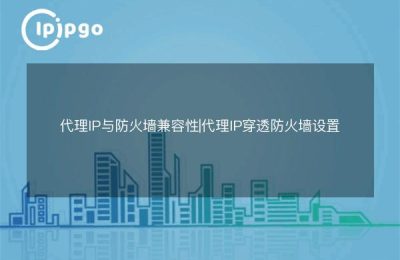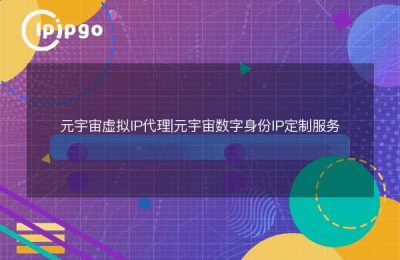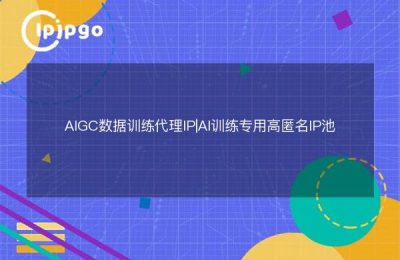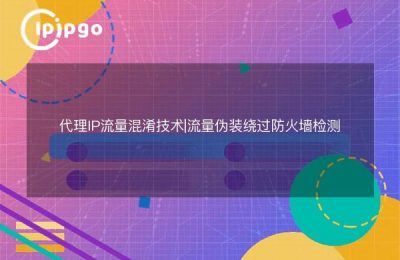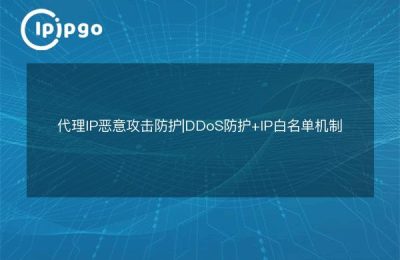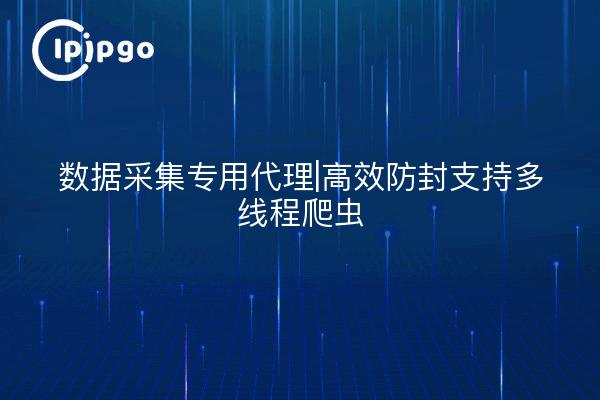
Data Collection Agent Tips That Real Users Are Using
Friends who have done data crawling know that ordinary IP in the continuous request for the target site, the light is to limit access, the heavy is permanently banned. Last week, there is an e-commerce price comparison system team, just online on the trigger anti-climbing mechanism, the loss of three days debugging time. At this timeDynamic Residential Proxy IPIt's the life saver that can initiate requests in turn with real home network IPs, making the server think it's natural user behavior.
Wrong type of proxy IP = wasted money
The common proxy IPs on the market are divided into three categories, but many people choose the wrong type resulting in discounted results:
| typology | Applicable Scenarios | risk index |
|---|---|---|
| Server Room IP | Short-term tests | ★★★★★ |
| Static Residential IP | low frequency acquisition | ★★★★★ |
| Dynamic Residential IP | Large-scale acquisition | ★ |
Take ipipgo'sDynamic residential agent poolFor example, each request automatically switches the home broadband IP, with multi-threading can realize the hourly processing of 200,000-level request volume. Their IP survival cycle is controlled at 15-30 minutes, which perfectly matches the detection cycle of anti-climbing mechanism.
4 Must-Do Configurations for Multi-Threaded Crawlers
1. Thread count control: It is recommended that a single proxy IP to host 5-8 threads, more than this number will generate abnormal traffic characteristics
2. request header fingerprint: Synchronized change of User-Agent and device fingerprint every time you switch IPs
3. Failure Retry Mechanism: automatically switch to the next node of ipipgo when encountering 502/403 errors
4. Random Time Interval: Set random wait between 0.5-3 seconds to simulate the rhythm of human operation
Proxy validation link overlooked by 90% folks
Many users complain that proxy IPs fail quickly, but in fact, they do not do validity screening. It is recommended to use the robots.txt page of the target website to do the connectivity test before starting the crawler each time. ipipgo's API interface has a hidden function - theReal-time quality scoringIt can return parameters such as response speed and historical success rate of the current IP, prioritizing the use of nodes with ratings higher than 85.
Frequently Asked Questions QA
Q: How do I choose between dynamic and static proxies?
A: Dynamic residential IPs for high-frequency collection (such as ipipgo's rotating proxy pool), static residential IPs for long-term monitoring tasks
Q: What should I do if my proxy IP is slow?
A: check the protocol type, https proxy than socks5 one more layer of encryption will affect the speed. ipipgo support full protocol switching, simple scenarios recommend using http protocol
Q: What do I do when I encounter a CAPTCHA storm?
A: Immediately stop the current IP segment request and switch to other regional IP pools. ipipgo's proxy management backend can set up a regional fusion mechanism to automatically isolate abnormal IP segments.
Q: How can I avoid being recognized as a crawler?
A: At the same time to do three layers of camouflage: proxy IP rotation + browser fingerprint obfuscation + operation track simulation, these three ipipgo's SDK toolkit have ready-made modules
These details will help you do more with less.
1. The success rate of collection at 3-6 a.m. is 27% higher than that during the day (low site load).
2. Mobile IPs have a lower probability of triggering CAPTCHA than desktop IPs34%
3. Carry random proxy authentication parameters per request (don't use a fixed auth key)
4. Regularly clean the local DNS cache to prevent IP associations
Using a good proxy IP is like mastering the art of stealth, you need to hide and run fast at the same time. Choosing a service provider with real residential IP resources like ipipgo is equivalent to having a combination of stealth cloak + acceleration boots in the data battlefield. Remember, technical means are always iterating, but the core logic of simulating real user behavior will not change.

